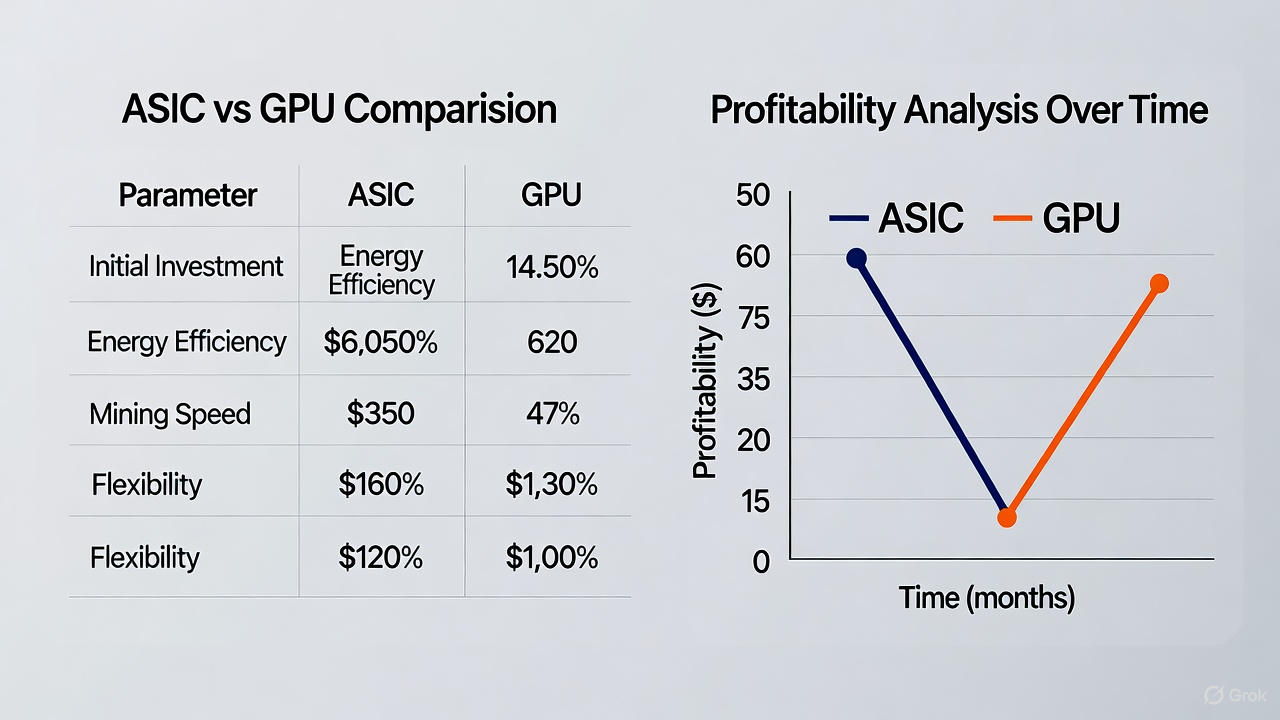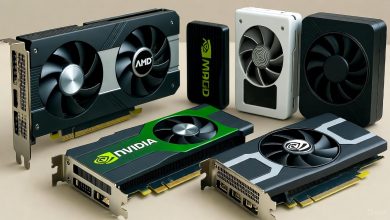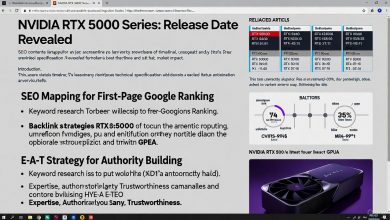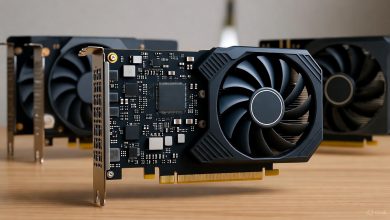We’ll cover everything from Kaspa basics to advanced ROI breakdowns, integrating real-time calculators and trends. All data is based on October 2025 metrics, including a KAS price of approximately $0.06–$0.07 USD, network hash rate around 700 PH/s, difficulty at 68–69P, and block rewards of about 4.12 KAS per block (with ~10 blocks per second).
Overview of Kaspa Ecosystem
Kaspa is an open-source, decentralized Layer 1 blockchain launched in 2021, designed for speed and scalability. Unlike traditional blockchains, it uses a blockDAG (Directed Acyclic Graph) structure via the GHOSTDAG protocol, allowing multiple blocks to be created and confirmed in parallel. This enables up to 10 blocks per second currently, with plans for 32 or even 100 BPS in the future. Key features include instant transaction confirmations (visible in 1 second, fully confirmed in 10 seconds), low energy use through the kHeavyHash algorithm, and pure Proof-of-Work (PoW) security without staking.
In 2025, Kaspa’s ecosystem boasts a circulating supply of ~26.8 billion KAS out of a max 28.7 billion, with high throughput making it ideal for everyday transactions. It’s GPU and ASIC-friendly, but ASICs dominate due to efficiency. Community-driven with no premine, Kaspa emphasizes decentralization, and its mining supports tools like wallets, swaps, and visualizers for real-time DAG monitoring. Recent updates include enhanced scalability and potential layer-2 integrations, positioning Kaspa as a contender in the post-2024 crypto halvings era.
Mining Kaspa in 2025 appeals to those seeking passive income in a volatile market, especially after Bitcoin’s halving reduced rewards elsewhere. Kaspa’s high block rate and low fees make it efficient for small-scale operations, and its energy-efficient PoW reduces environmental impact compared to Bitcoin. With rising interest—evident from tools like WhatToMine showing increased queries post-2024—Kaspa offers opportunities for hardware optimization. However, challenges like surging network hash rates (up ~50% year-over-year) and price fluctuations ($0.05–$0.07 range) mean profitability hinges on low electricity costs and efficient setups. If your electricity is under $0.10/kWh and you have access to top ASICs, it could yield ROI; otherwise, consider cloud mining or holding KAS.
Current Profitability Metrics
Network Hash Rate: Approximately 700 PH/s (700,000 TH/s), up significantly from 2024 due to more miners joining.
Difficulty: 68–69P, adjusting dynamically to maintain block times.
Block Reward: ~4.12 KAS per block, with ~10 blocks per second, leading to daily emissions of about 3.56 million KAS.
Price: $0.06–$0.07 USD, with 24h volume around $21–$322 million.
Block Time: 0.1 seconds on average.
These figures indicate a competitive landscape where only efficient setups break even.
MetricValue (October 2025)Trend from 2024Network Hash Rate~700 PH/s+50–100% increaseDifficulty68–69PRising steadilyBlock Reward4.12 KAS/blockHalved periodicallyDaily Emission~3.56M KASStable but price-dependentPrice$0.06–$0.07 USDVolatile, down from peaks
ASIC vs. GPU Comparison for Kaspa Mining
In 2025, ASICs outperform GPUs for Kaspa due to higher hash rates and efficiency, but GPUs offer flexibility for multi-coin mining. ASICs like IceRiver models achieve 8–21 TH/s at 3,000–3,400W, while a high-end GPU rig (e.g., 8x RTX 4090) might hit 5–10 GH/s at similar power but lower efficiency. ASICs are specialized for kHeavyHash, offering better ROI in dedicated setups, but they’re expensive ($2,000–$5,000) and inflexible. GPUs cost less upfront ($1,000–$3,000 per rig) but consume more power per hash (1,000–2,000W for a rig). Verdict: ASICs for serious miners; GPUs for hobbyists testing waters.
AspectASICGPUHash Rate8–21 TH/s per unit0.5–1 GH/s per card (rig: 4–10 GH/s)Power EfficiencyHigh (e.g., 0.4 J/GH)Lower (0.1–0.2 J/GH)Cost$2,000–$5,000$1,000–$3,000 per rigFlexibilityLow (Kaspa-only)High (switch coins)ProfitabilityBetter in low-power areasViable for small-scale cryptominerbros.comExample of a high-end Kaspa ASIC mining rig, like the Bitmain Antminer KS5.
Key Miners and Hardware Recommendations
Top Kaspa miners in 2025 include:
IceRiver KS3: 8 TH/s, 3,200W – Ideal for beginners, ~$2,500.
Bitmain Antminer KS5 Pro: 21 TH/s, 3,400W – High-performance, ~$4,000.
IceRiver KS0 Ultra: Entry-level ASIC, 400 GH/s, 100W – Budget option.
For GPUs: NVIDIA RTX 4090 (580 MH/s per card) or AMD RX 7900 XTX. Choose based on budget; ASICs from CryptoMinerBros or ASIC Marketplace for reliability.
Best Kaspa Mining Calculator Tools in 2025
Reliable calculators help estimate ROI. Top picks:
WhatToMine: Comprehensive for ASICs/GPUs, real-time data on hash, power, and profits.
Minerstat: User-friendly with hardware benchmarks and sentiment ratings.
CryptoCompare: Simple interface for quick estimates.
NiceHash Profitability Calculator: Great for GPU users, integrates marketplace.
ASIC Miner Value: Live income estimates for ASICs.
Alternatives include BT-Miners and OneMiners calculators. Mobile apps like Minerstat or WhatToMine’s web versions work well on iOS/Android.
Step-by-Step Guide to Using a Kaspa Mining Calculator
Select Tool: Go to Minerstat or WhatToMine.
Input Hash Rate: Enter your miner’s hash (e.g., 8 TH/s for KS3).
Add Power Consumption: e.g., 3,200W.
Enter Costs: Electricity rate ($0.10/kWh), pool fees (1–2%).
Adjust Variables: Current KAS price, difficulty.
Calculate: View daily/monthly profits.
woolypooly.comScreenshot of a Kaspa mining calculator interface showing input fields for hash rate and power.
Profitability Formulas and Calculations
Basic formula for daily profit:
Daily KAS = (Your Hash Rate / Network Hash Rate) × Total Daily Rewards
Total Daily Rewards = Blocks per Day × Block Reward = (86400 × Blocks per Second) × Block Reward
Example: Blocks/sec = 10, Reward = 4.12 KAS → Daily Rewards ≈ 3.56M KAS
Profit = (Daily KAS × Price) – (Power kWh/day × Cost/kWh) – Other Costs
Using code for transparency (Python simulation):
pythonnetwork_hash = 700e15 # H/s (700 PH/s)
your_hash = 8e12 # H/s (8 TH/s for KS3)
blocks_per_sec = 10
block_reward = 4.12 # KAS
daily_seconds = 86400
total_daily_kas = blocks_per_sec * block_reward * daily_seconds
your_daily_kas = (your_hash / network_hash) * total_daily_kas
price = 0.06 # USD/KAS
revenue = your_daily_kas * price
power_kw = 3.2 # kW
daily_kwh = power_kw * 24
elec_cost = 0.1 # USD/kWh
cost = daily_kwh * elec_cost
profit = revenue – cost
print(f”Daily Profit: ${profit:.2f}”)
Output: Daily Profit: $-5.24 (loss at current metrics). Adjust for your setup—higher price or lower costs can flip this positive.
Real-Time Examples and Case Studies
Case Study 1: IceRiver KS3 (ASIC)
Hash: 8 TH/s, Power: 3,200W, Elec: $0.10/kWh
Daily KAS: ~40.6, Revenue: $2.44, Cost: $7.68 → Net: -$5.24/day
Monthly: -$157 (unprofitable unless price rises to $0.20+).
Case Study 2: GPU Rig (8x RTX 4090)
Hash: 4.64 GH/s, Power: 2,400W
Daily KAS: ~0.024, Revenue: $0.0014, Cost: $5.76 → Major loss.
Case Study 3: Bitmain KS5 Pro
Hash: 21 TH/s, Power: 3,400W
Daily KAS: ~107, Revenue: $6.42, Cost: $8.16 → Net: -$1.74/day (closer to break-even).
These examples use October 2025 data; check calculators for updates.
Factors Affecting Accuracy
Profitability calculators are estimates—accuracy depends on:
Difficulty & Hash Rate: Rising 10–20% monthly erodes profits.
KAS Price: Volatile; forecasts predict $0.06–$0.12 by year-end.
Market Volatility: Halvings every ~12 months reduce rewards.
Other: Pool fees, hardware efficiency.
Cost Analysis
Electricity: Primary cost; at $0.10/kWh, a 3kW ASIC runs $7.20/day.
Hardware Depreciation: $3,000 rig over 2 years = $4.11/day.
Other: Maintenance, cooling (~10% of elec cost).
Total: Factor in for true ROI.
Break-Even Points and ROI Breakdown
Break-even = Costs / (Revenue per Unit Time). For KS3: At $0.06 KAS, infinite (loss). At $0.25, ~6 months ROI. Use calculators to simulate.
Pros/Cons of Kaspa Mining
Pros: Fast confirmations, low fees, scalable; potential price upside.
Cons: High competition, low current profits; ASIC dominance excludes GPUs.
Tips to Boost Profits
Join pools like F2Pool or 2Miners for steady payouts.
Overclock hardware safely (5–10% hash boost).
Mine in low-cost regions or use solar.
Monitor trends via Minerstat apps.
Market Influences and Price Forecasts
Halvings reduce supply, potentially boosting price. Forecasts: $0.10 by Q4 2025 if adoption grows. Influences: Crypto market sentiment, Bitcoin halving spillover.
Future Outlook and Sustainability Tips
Kaspa’s roadmap includes higher BPS and smart contracts, enhancing value. For sustainability: Use efficient ASICs, recycle hardware, offset carbon. Outlook: Profitable if price exceeds $0.15; otherwise, hold or trade KAS.
This guide equips you to make informed decisions. Always DYOR and use real-time tools—mining evolves quickly in 2025! For more, check forums like Reddit’s r/kaspa.





